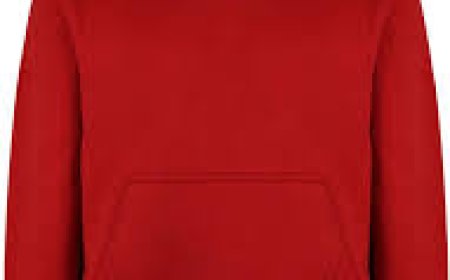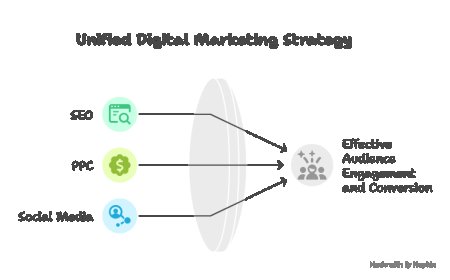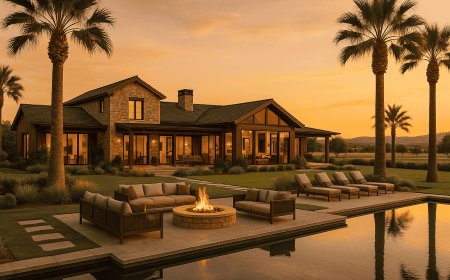Roofing Materials and UK Weather: Best Choices Explained
Explore top roofing materials for weather. Find the best options, local guidance, and professional assistance from roofers.
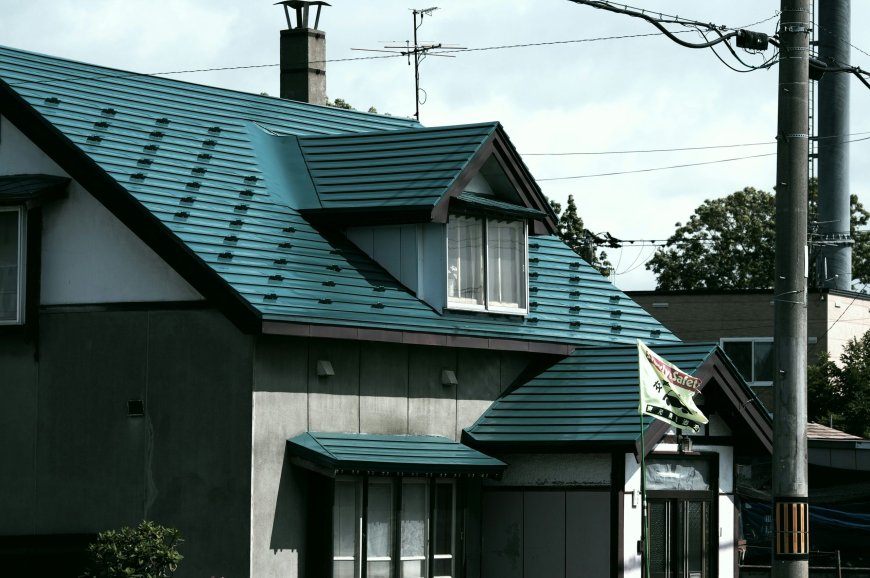
The UKs famously unpredictable weather from heavy rainfall and high winds to snow, frost, and rare heatwaves presents unique challenges for homeowners. The first line of defense for your property against the weather is a sturdy roof. Choosing the right roofing material is not just about aesthetics; it directly affects your homes insulation, durability, maintenance, and overall protection. In this blog, we explore the best roofing materials suited to different UK weather conditions, helping homeowners make informed decisions in consultation with experienced roofing contractors Cardiff.
Knowing the Weather in the UK and How It Affects Roofs
The UK climate varies across regions, but a few constants apply nationwide: persistent rain, occasional snow, strong coastal winds, and fluctuating temperatures. This blend of weather patterns can cause common roofing issues such as:
- Cracked or broken tiles from frost heave during freezing winters
- Water ingress due to prolonged rain and blocked gutters
- Wind-lift damage in areas prone to storms
- UV degradation in summer, affecting material longevity
With this in mind, the ideal roofing solution should offer weather resistance, thermal insulation, structural integrity, and ease of repair.
Slate Roofing: Timeless Strength and Endurance
Slate is still a classic yet elegant option for roofing in the UK. Sourced naturally, it offers impressive resilience against wind, rain, and snow. Because of its non-porous surface, there is less chance of leaks and frost damage because water cannot absorb through it. Key benefits include:
- Lifespan of over 100 years with minimal maintenance
- Excellent resistance to fungal growth and dampness
- aesthetically beautiful appearance appropriate for both modern and antique residences
However, slate is heavy, requiring a reinforced structure and skilledroofing contractors Cardifffor proper installation.
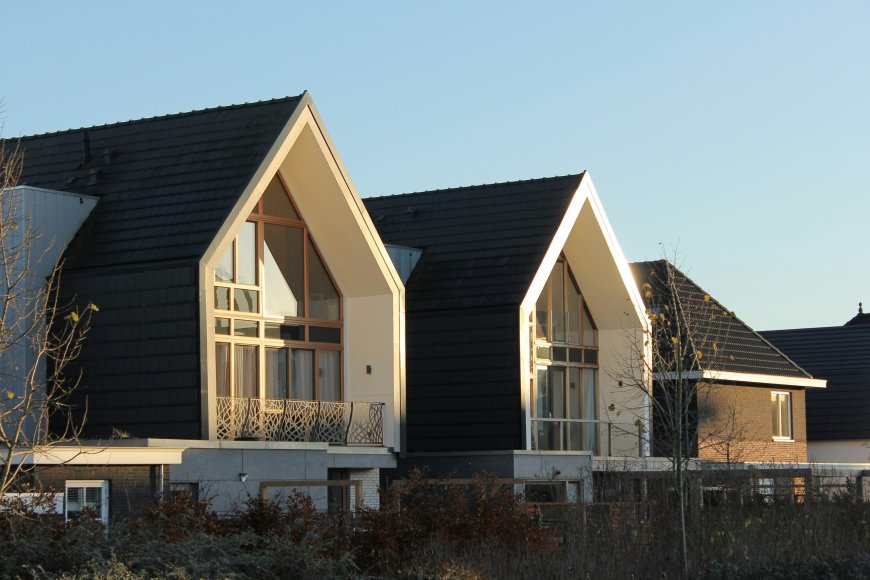
Factors to Consider When Choosing Roofing Materials
Before selecting a roofing material, its vital to evaluate a few core factors that directly affect its performance and suitability:
- The material's resistance to water, wind, and frost to ensure long-term protection against damage
- Lifespan of the material, with some options offering decades of performance
- Weight and load-bearing capacity of the roof structure
- Cost of installation, maintenance, and potential repairs
- Compatibility with surrounding architectural styles and planning regulations
- Insulating properties to reduce energy bills and retain heat during colder months
Clay and Concrete Tiles: Balance of Cost and Durability
Clay tiles have adorned UK homes for centuries, with concrete tiles offering a modern alternative. Both materials are well-suited to the UK climate, offering the following advantages:
- Resistance to wind, rain, and frost
- Lifespan between 30 and 60 years depending on quality and care
- A wide range of colours and styles to match different property types
One consideration is that these tiles can be prone to cracking under high impact or shifting temperatures, which may result in the need for timely repairs.
Metal Roofing: Lightweight and Wind-Resistant
Metal roofs, often made from steel, aluminium, or zinc, have grown in popularity for their modern look and exceptional performance:
- They are perfect for coastal or storm-prone areas since they are extremely resistant to wind uplift.
- Long lifespan of up to 50 years when coated against corrosion
- Lightweight structure reduces load on existing frameworks
Although metal roofs can be noisy during heavy rain, proper underlayment can solve this. Additionally, they reflect sunlight, keeping homes cooler in summer, and complement large windows in Cardiff properties with their sleek finish.
Asphalt Shingles: Affordable and Functional
Although they are used in some areas of the UK, asphalt shingles are more prevalent in North America. Theyre an economical option with decent protection in moderate climates:
- Easy to install and cost-effective, especially for smaller properties
- Available in various colours and textures
- Fifteen to twenty-five years, depending on quality
However, asphalt shingles may not perform well in high-wind zones or under prolonged wet conditions, making them less ideal for exposed locations.
Synthetic and Composite Roofing: Innovative and Versatile
Synthetic roofs offer a lightweight and eco-friendly alternative since they are composed of recyclable materials, rubber, or plastic:
- Made to resemble slate or tile while being lighter and less expensive
- Resistant to water, algae, mould, and UV damage
- Often easier and quicker to install, reducing labour time
These materials offer great value but may not always be permitted in conservation areas or on listed buildings.
Green Roofs: Eco-Conscious and Climate-Resilient
Due to their aesthetic and environmental advantages, green roofs are growing in popularity in cities:
- Excellent insulation and rainwater absorption
- Reduction of stormwater runoff and improved biodiversity
- Naturally regulate building temperatures
While they require structural reinforcement and regular maintenance, green roofs are ideal for city properties where thermal efficiency and sustainability are key concerns.
Regional Considerations for Roofing in the UK
Given the weather variations across the country, different materials suit different regions:
- Coastal areas(e.g., Cornwall, West Wales): Metal or slate roofs perform best due to salt resistance and wind durability
- Northern regions and highlands: Slate or clay tiles offer better frost resistance
- Urban settings(e.g., London, Cardiff): Synthetic or green roofs strike a balance between contemporary appearance, insulation, and design.
- Countryside homes: Traditional clay tiles preserve rural charm and are well-suited for scattered rainfall and wind
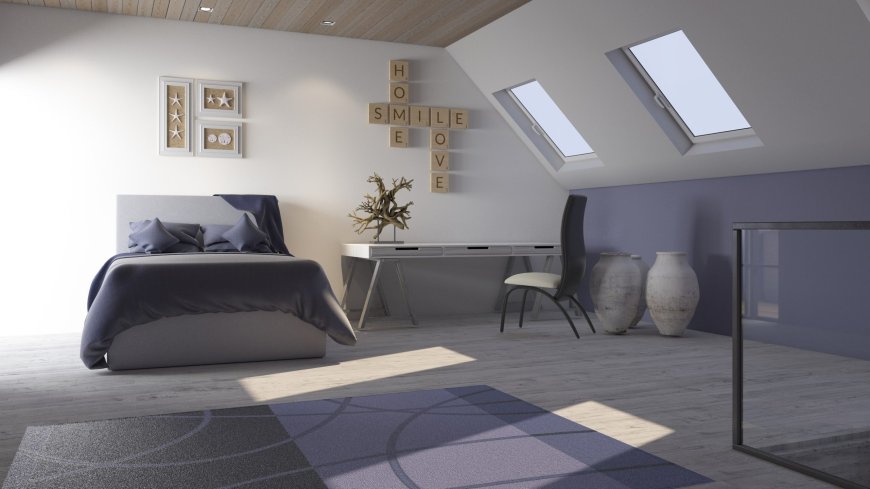
Insulation and Energy Efficiency
Insulation and the appropriate roofing material work together to control indoor temperatures. A well-insulated roof:
- Retains heat during winter, lowering energy bills
- Reduces cooling costs in warmer months
- Prevents condensation and moisture buildup in loft areas
Insulation materials like rigid foam, fibreglass, or spray foam can be layered under roofing. For homes with largewindows in Cardiff, combining insulation with thermally efficient roofing helps maintain indoor comfort.
Roof Maintenance Tips for UK Homeowners
Even the best roofing materials require regular maintenance to prolong their lifespan and prevent costly repairs. Homeowners should:
- Schedule annual roof inspections to spot missing tiles, leaks, or structural shifts
- Seasonally clean downspouts and gutters to avoid moisture accumulation.
- Replace cracked or broken tiles quickly before water enters the roof space
- Remove moss and debris to prevent moisture retention and slipping hazards
- Inspect around roof windows in Cardiff properties to ensure watertight seals remain intact
Conclusion
Choosing the right roofing material for your property depends on many factors: weather conditions, property type, budget, and long-term performance. Whether you're restoring an older home with natural slate or exploring energy-efficient green roofing options, its essential to work with qualified professionals for a successful installation. For homeowners looking to protect their homes from the unpredictable British weather, AO Builder Cardiff provides expert roofing services tailored to regional climate and structural requirements. From roofing repairs to new installations, their team ensures quality and durability in every project.







